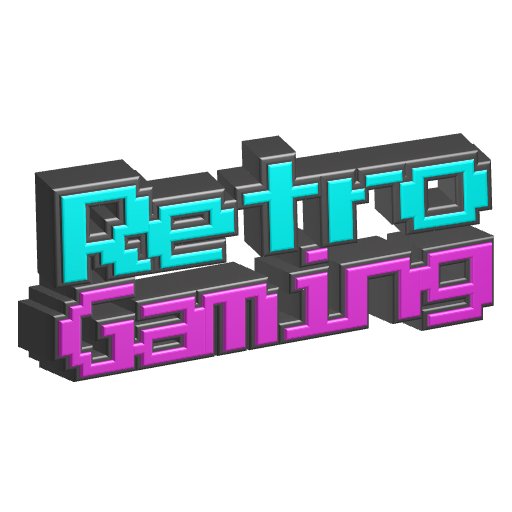

To be fair, (I hate Nintendo because of their crusade on open source software), but to be fair,
ps2 had issues on some Ps1 games, the list is short though, and the last few revisions of ps2 even software emulated Ps1 (don’t know the compatibility difference with hardware backwards compatibility)
Ps3 had issues with even more ps2 games, and only the first few revisions had hardware backwards compatibility, the ps2 emulation on ps3 without hardware compatibility is a mess
PS5 has issues with some ps4 games, including but not limited to psvr games, and I think I saw an official in incompatibility list by sony
Wii backwards compatibility i dont know about any issues except with games that use hardware accessories, maybe someone knows more? Later revisions dropped backward compatibility, but the hardware is still present, and homebrew will help you.
As for switch 2 to switch 1 backwards compatibility speculation, here is a educated guess. The asterisk is referring to lobo games and some other games with accessories. Why this speculative conclusion? Because of the way the hardware inside it works.
The arm cpu can be optionally designed to be completely backwards compatible. But is it? (more on that soon). The gpu part of the SOC, is most certainly not 100% binary compatible, because of what we already know about the architecture changes between these gpu generations. This isn’t limited to arm and nvidia gpus, ps5 also has these issues with x86 jaguar to ryzen, and Radeon generations.
So what about your experience with pc gpus, and cpus, and ps5 to ps4 compatibility etc? Well, emulation, the instructions, that are not compatible are emulated in software, this is common place, and in practice it works quite well. The main issue comes down to timing. Some things take different amount of time to do, like an instruction can take fewer cycles. Or if it’s emulated it can take more cycles. Emulation does work well, even if it often can have timing issues. Some times instructions from a future generation can possibly be emulated on your pc cpu. I can remember my friends computer using an installed windows driver, to emulate a future version of the SSE instruction set, I think it was SSE 2 or 2.1, it worked well enough to play VR games (oculus rift dev kit 1 days).
Another issue is that when cpu makers deprecate instructions some times, but they do this in a quite annoying way, they can add a wait, so an instruction takes much longer to run than previous cpus.
I’m not confident enough to talk in this detail about GPUs, because as we all experience, the high level compatibility api like directX or vulkan do all this all the time for us, and I don’t know graphics programming. But I do know this is more of an issue on consoles talking more directly to the hardware. But lots of switch games use vulkan so, those should TM work fine… But some games can also be programmed (intentionally like rogue squadron on GameCube, or unintentionally) to need an unintended or undocumented feature of the vulkan implementation on the switch, and those may or may not work on switch 2
Nvidia also is responsible for the Cpu design, directly or indirectly. I don’t know how much they care about being as backwards compatible with the cpu instructions as possible though. Probsbly if Nintendo has anything to say about it, they can be 99.999% compatible, with only some timing issues, which may or may not affect games.
So what is the conclusions? Of course this is speculation, and users have to test games, it will take years to know the full extent, but I think we will see near 100% compatibility for games that don’t need hardware accessories that are not compatible. If we exclude shovelware (low effort crap that somehow got into the eshop) maybe a couple to a handful of games will have big enough issues that they can’t be played. Maybe more games will have minor graphics issues, or things that look fine, but just slightly different to switch1






I still think he cheated, and even if he didn’t, he is breaking the law.